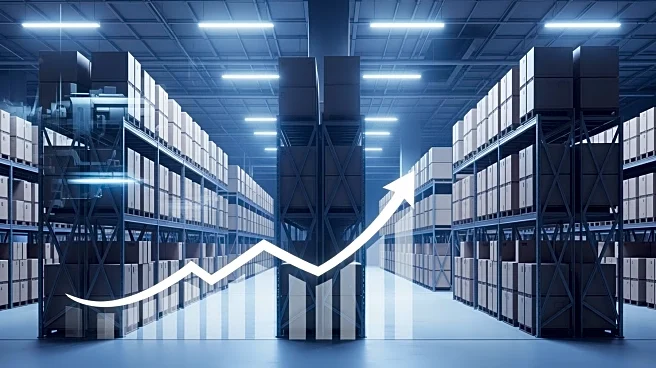What's Happening?
The Energy Information Administration (EIA) has reported a continued decrease in the national average price of diesel gasoline for the third consecutive week. As of October 20, the average price per gallon
fell by 4.5 cents to $3.620. This follows previous declines of 4.6 cents and 4.3 cents in the preceding weeks, marking a total reduction of 13.4 cents over the three-week period. Prior to these decreases, the price had seen minor increases in late September. The current trend reflects a shift from the highest weekly average recorded since late July, which was $3.805 per gallon.
Why It's Important?
The decline in diesel prices is significant for various sectors, particularly logistics and transportation, which rely heavily on diesel fuel. Lower fuel costs can lead to reduced operational expenses for trucking companies and logistics providers, potentially resulting in lower shipping costs for consumers. This trend may also influence inflation rates, as fuel prices are a key component of transportation costs that affect the pricing of goods and services. The decrease in diesel prices could provide some relief to businesses and consumers amid broader economic challenges.
What's Next?
If the trend of declining diesel prices continues, it could lead to further cost savings for industries dependent on transportation. Logistics managers may adjust their strategies to capitalize on lower fuel costs, potentially enhancing efficiency and customer satisfaction. Additionally, ongoing monitoring by the EIA will be crucial to understanding future price movements and their implications for the economy. Stakeholders in the logistics and transportation sectors will likely keep a close watch on these developments to inform their operational decisions.
Beyond the Headlines
The reduction in diesel prices may also have environmental implications, as lower fuel costs could influence consumption patterns. While cheaper diesel might encourage increased usage, it could also prompt discussions on sustainable practices and the transition to alternative energy sources. The logistics industry, in particular, may explore more eco-friendly options to balance cost savings with environmental responsibility.











